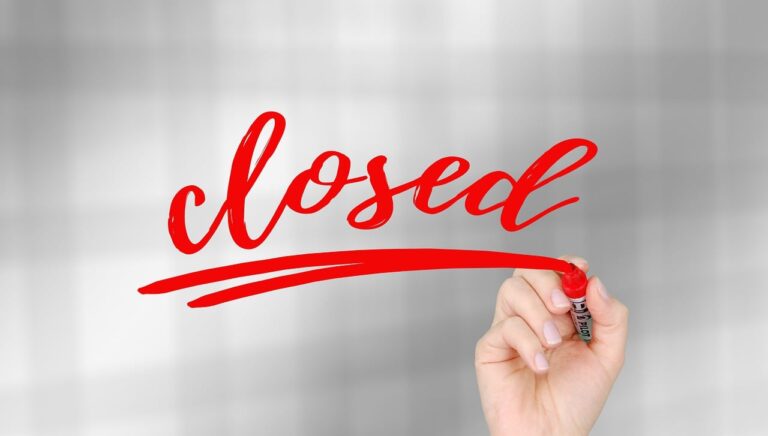Weekly Fiscal Facts are provided to Wisconsin Newspaper Association members by the Wisconsin Policy Forum, the state’s leading resource for nonpartisan state and local government research and civic education. The Wisconsin Policy Forum logo can be downloaded here.
Wisconsin has seen a 17.7% drop in licensed school bus drivers over the past 15 years, creating challenges for school districts and the families they serve.
This comes as school districts across Wisconsin report struggling to find enough bus drivers to drive children to school — with some exasperated districts considering their own school board members as potential drivers.
Using data from the Wisconsin Division of Motor Vehicles (DMV), we find that bus driver shortages appear partially tied to a drop in licensed drivers since 2007. Over that time, the number of licensed school bus drivers in Wisconsin declined by 3,062, or 17.7%, while drivers with a license to drive only passenger buses dropped by 4,952, or 19.6%.
Transit systems across the state are facing a similar problem, with the number of people licensed to only drive passenger buses falling by 19.6% over the same time period.
The data suggest school bus operations are being stretched thinner over time. The number of public and private school students in Wisconsin per licensed school bus driver has increased from 59.5 in 2007 to 68.5 in 2022. (While instructive, these metrics are only limited tools for determining the true demand for drivers.)
This problem may get worse before it gets better, as more than one-fifth of licensed school bus drivers are 65 and over. The available license holders are aging rapidly, with the average age of both school and passenger bus drivers at least three years higher now than in 2007.
These factors, coupled with an overall historically tight labor market, mean the bus driver shortage likely will continue to impact school bus and transit services for the foreseeable future — and may well intensify.
Efforts to produce more drivers will be challenging. Increasing salaries would help with recruitment but would also impact cash-strapped school districts and transit systems. Reducing training or other background requirements may also aid with recruitment, but may be unwise for safety reasons.
Some districts have attempted creative solutions, such as paying parents to arrange for their own student’s transportation, though the effectiveness of that practice has been mixed. It may also be possible for transit systems, school districts, and bus contractors to build on existing partnerships to work together to share assets and drivers in a more efficient way.
This information is a service of the Wisconsin Policy Forum, the state’s leading resource for nonpartisan state and local government research and civic education. Learn more at wispolicyforum.org.



